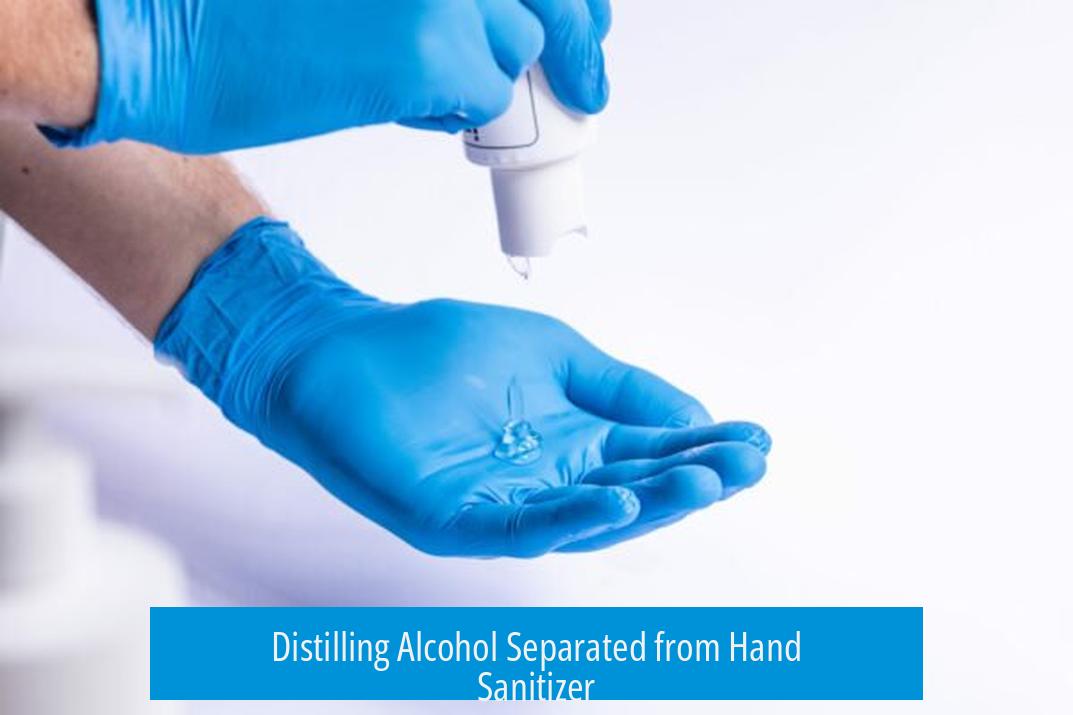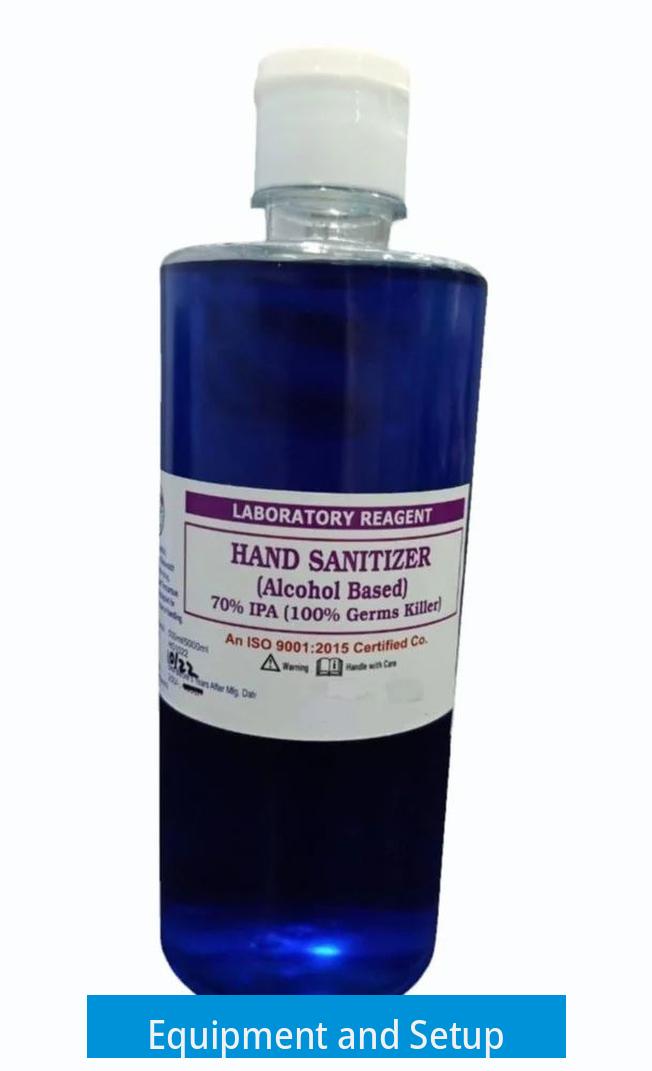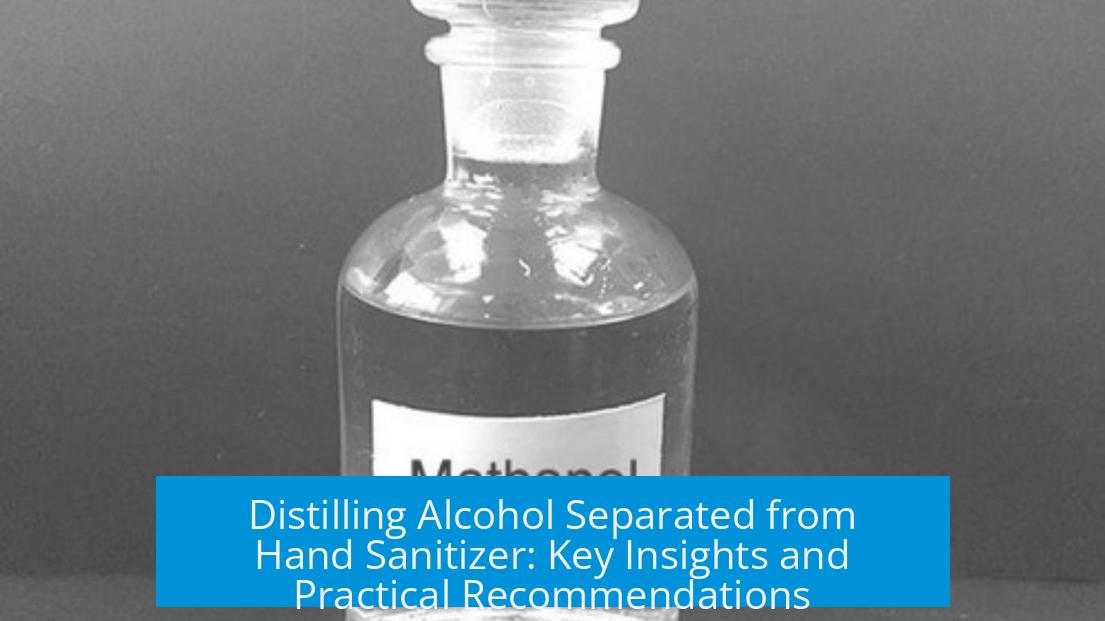Distilling Alcohol Separated from Hand Sanitizer

Separating alcohol by distillation from hand sanitizer is possible but challenging and unsafe, especially at home. Many hand sanitizers mix ethanol with other alcohols like isopropanol, making clean separation difficult without advanced equipment. Fractional distillation can separate components but requires careful control and proper apparatus.
Challenges in Distillation
Hand sanitizers often combine ethanol with isopropanol or additives. Isopropanol boils at about 82.5°C while ethanol boils at 78.4°C. Their close boiling points complicate straightforward distillation. Simple distillation may not sufficiently separate them, leading to a mix of alcohols in the distillate.
This is significant because isopropanol and methanol (if present) are toxic. Methanol poisoning risk further discourages distilling from sanitizer. Industrial-grade distillation includes fractional columns and temperature controls to isolate ethanol accurately. Home setups typically lack these features.
Chemistry of Salt Addition in Separation
Salt addition to an alcohol-water mixture exploits a phenomenon called salting-out. Salt ions reduce water solubility for alcohol, helping separate phases without evaporation. It does not form hydrates or directly absorb water molecules in a simple chemical reaction, but alters solubility and phase equilibrium.
Although salt can aid the initial separation, it does not purify ethanol effectively from complex sanitizer mixtures or additives.
Equipment and Setup

- Distillation flask
- Controlled heat source
- Cold water condenser with sufficient surface area
- Optional reflux column for higher purity
This setup must control temperature carefully and avoid alcohol vapor leaks. Alcohol vapors are flammable, posing fire or explosion risks if mishandled.
Safety and Legal Concerns
Distilling alcohol from hand sanitizer poses multiple hazards:
- Toxic contaminants undetectable without lab tests
- Flammability dangers during distillation
- Legal restrictions on distilling spirits without a license
- Potential methanol poisoning from unregulated sources
Professionals strongly advise against consuming alcohol from sanitizer sources. Safer alternatives like commercially available ethanol products or properly fermented spirits are preferable.
Practical Recommendations
Instead of attempting distillation from hand sanitizer, acquiring ethanol through legal and safe means is recommended. Commercial alcohol products are tested and regulated, reducing health risks.
Key Takeaways
- Hand sanitizers often contain multiple alcohols, complicating separation by distillation.
- Salt addition can induce phase separation but does not purify ethanol fully.
- Distillation requires specialized equipment and safety precautions.
- Alcohol distilled from sanitizer can contain harmful contaminants.
- Consuming distilled sanitizer alcohol is unsafe and legally questionable.
- Purchasing regulated alcohol or fermenting at home is safer and more practical.





Leave a Comment